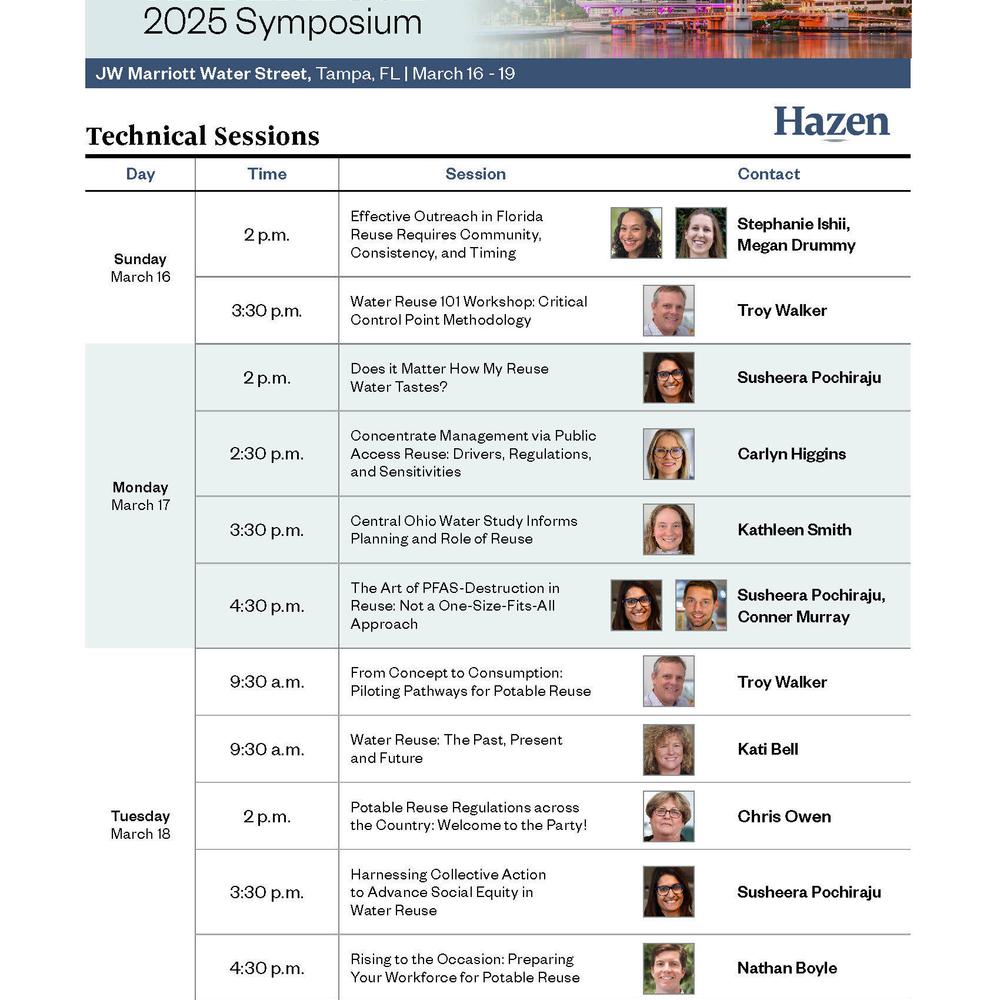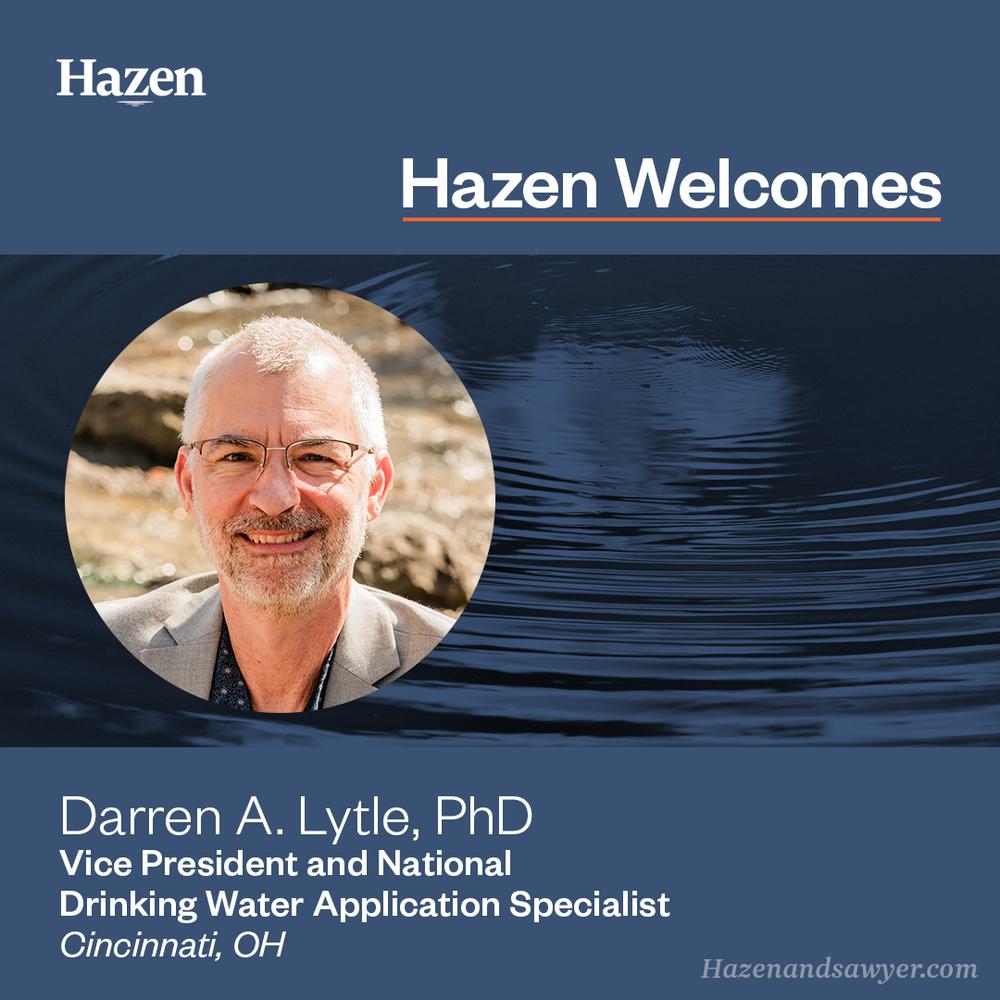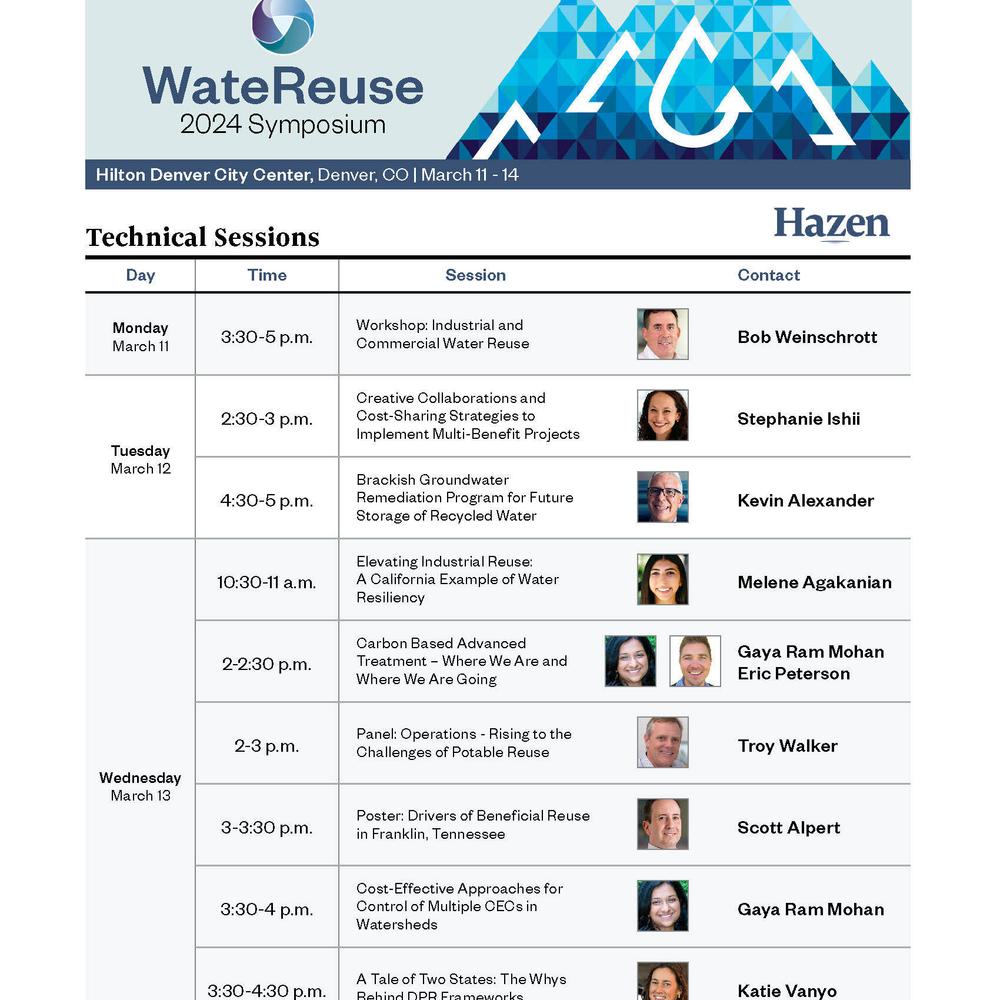Unintended Outcomes of Using Chloramines to Control Biofouling in Membrane Applications
Last Modified Jul 05, 2022
Fouling in general is an important consideration for designing a membrane treatment system for water treatment. Biofouling is a major consideration, whether it is an industrial, wastewater, reuse or drinking water application. Much interest and effort has been invested to control biofouling from research into materials that resist fouling to materials that resist oxidation. The Holy Grail has not yet been identified and as a result, chloramines are usually implemented to control biofouling in membrane systems and have been used to manage biological fouling for reverse osmosis (RO) membranes since the early 1990s.
Related Topics:
The use of chloramine to minimize biological fouling is ubiquitous as an integral part of the pre-treatment for reverse osmosis membranes in many water applications.
Free chlorine will rapidly oxidize thin film composite membrane; however, chloramine, because it is a milder oxidant, is an operational tool that can minimizing biological fouling. While chloramine can result in some membrane oxidation, it is typically at a rate slow enough that the possible higher rate of salt passage via oxidation is an acceptable compromise, balancing production and fouling rates.
Chloramine use, however, is not without challenges. Effective and safe chloramine implementation requires a number of design considerations including: control methodologies, analyzer selection and placement, disinfection byproduct formation, membrane impacts, downstream process considerations and membrane warranty challenges.
This paper reviews chloramine control of biofouling in membrane facilities, highlighting the successes and challenges encountered in design and operations. Chloramines are a relatively inexpensive and effective means of controlling biological fouling of RO membranes. Attention must be given in the design and operation of these systems to ensure: the dosing control approach considers the feed water quality and variability; chloramine levels remain within membrane warranty limits while high enough to control biofouling and minimizing DBP formation; and chloramine impacts to downstream processes and equipment are understood.









